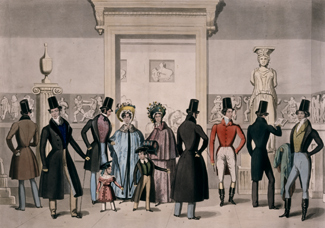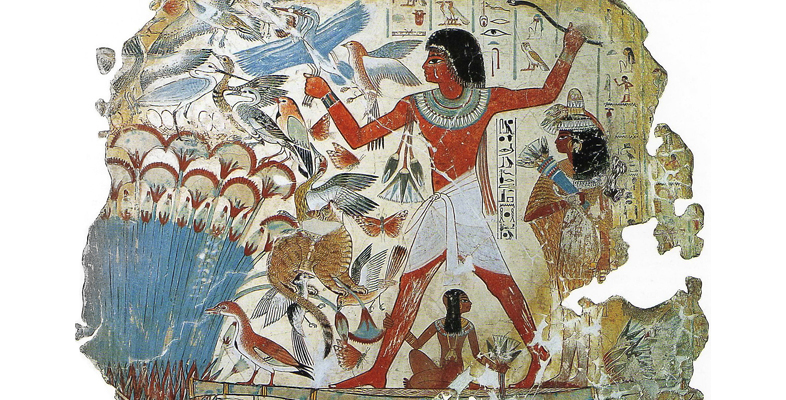2.1 Art or cultural product?
But now that we have established that point, our thinking has to take a different turn. On the other side, we have to ask: Is it simply a mistake, then to call certain products of ancient Egypt ‘art’ or to refer to certain ancient Egyptian people as ‘artists’?
Is it a mistake to use the term ‘art’ to refer to the cultural products of any society separated from our own by either time or space?
The answer surely has to be ‘no’.
Now read on to discover arguments about why.
From the Renaissance onwards, European collectors had been displaying the products of non-Western cultures as ‘cabinets of curiosities’. By the late eighteenth and early nineteenth centuries, in the wake of the Enlightenment, early museums proper were beginning to display material evidence from around the world as part of a general project of scientific understanding. These objects were displayed as anthropological artefacts – the material residue of forms of life that were very different from the normative cultures of the West. Little or no distinction was made between the decoration on an object and the object itself, nor between objects akin to paintings and sculptures and more directly utilitarian objects such as cooking utensils, musical instruments, weapons or even forms of transport such as boats.
Whatever they were, such objects were not the kinds of thing that would be found in museums containing the art of the Western tradition: that is, the art of the Renaissance, of the post-Renaissance Academic tradition, and – crucially – the ‘art’ of the classical civilisations of Greece and Rome (Figure 5).

